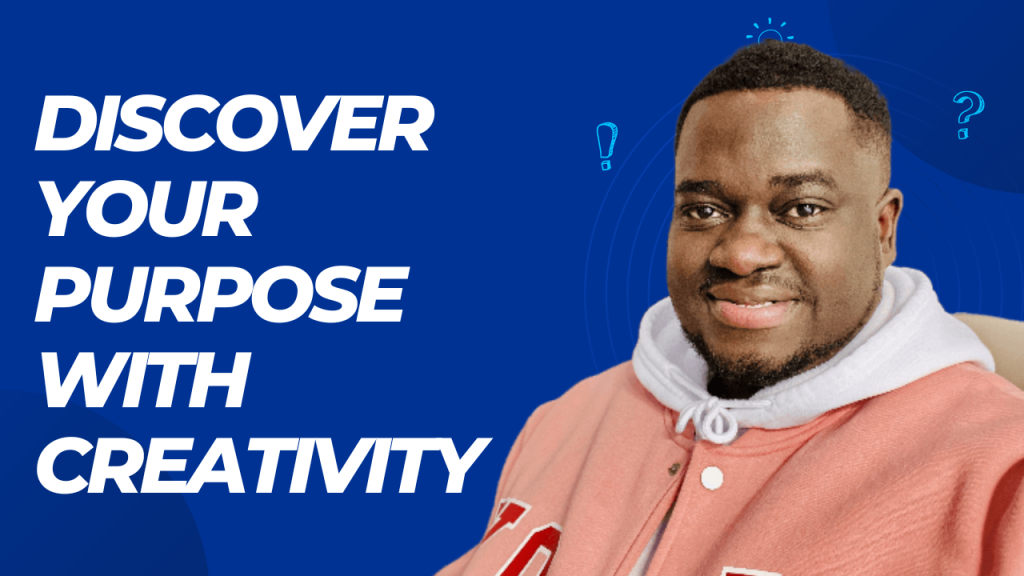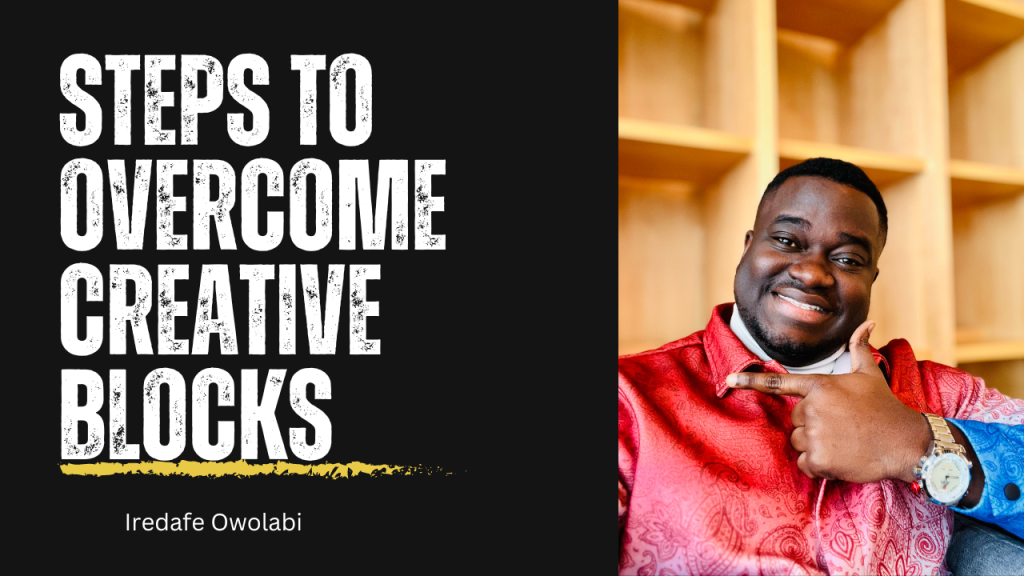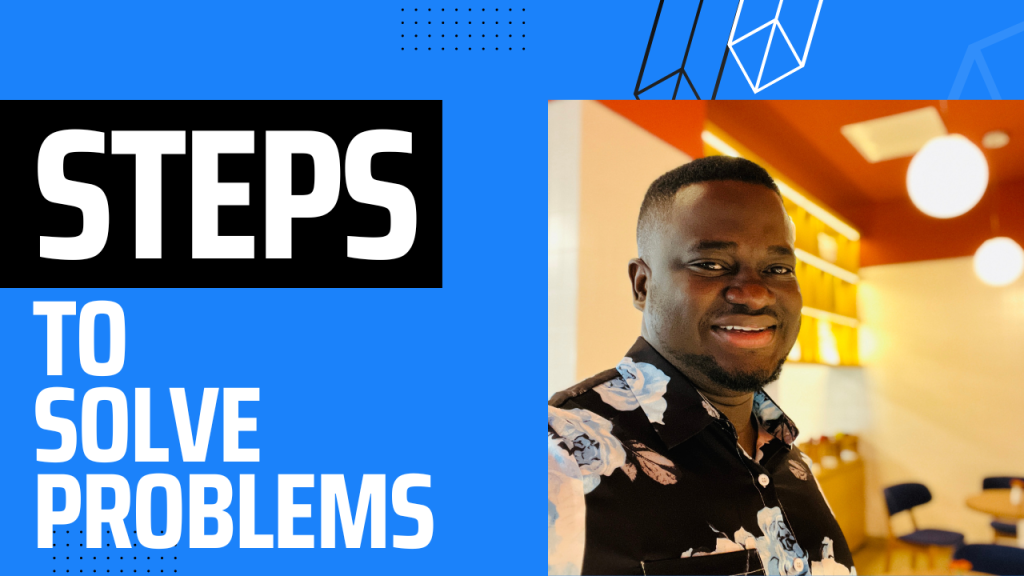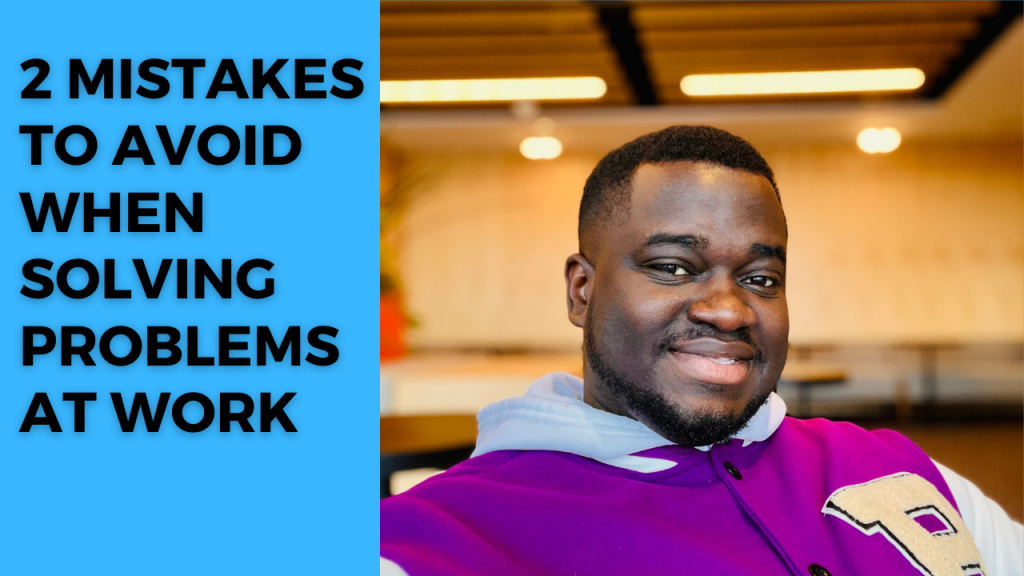The Philosophy of Creativity: 5 Powerful Tips To Go From Idea To Creation
https://youtu.be/k2AVJOXLcI8 The Philosophy of Creativity: Unlocking the Journey from Idea to Creation Creativity is the lifeblood of innovation and progress, yet it often remains shrouded in mystery. How do some individuals transform abstract ideas into tangible creations while others struggle to get their concepts off the ground? This blog post seeks to shed light on the philosophy of creativity and provide actionable insights to nurture your own creative journey. The Nature of Ideas One fascinating perspective on creativity is the notion that ideas own us as much as we own them. Think about it: how many times have you felt an idea popping into your head out of nowhere, compelling you to bring it to life? This perspective places responsibility on us as stewards of these ideas, urging us to act not just for personal gain but also out of respect for the idea itself. Further Reading1. How To Be A More Creative Thinker [4 Moves] 2. The Simple Reasons Why People Are Not Creative [Yet] 3. 5 Steps To Overcome Creative Blocks 4. Why Creativity In Leadership Is Important [3 Reasons] 5. Where Do Innovative Ideas Come From? 6 Channels Embracing Complexity and Overcoming Challenges Creativity often involves diving into complex and uncharted territories. It’s easy to become overwhelmed and abandon projects when they seem too intricate. One key is to accept that ideas can start simple and evolve over time. Recognize patterns early on, and understand that achieving creative success often requires iterative improvement. Harnessing Consistency A critical component to turning an idea into a creation is consistency. Small, consistent efforts often lead to significant results over time. This idea is akin to what’s described in the concept of “The Slight Edge,” where small daily improvements compound into substantial progress. Whether you’re building a machine, creating a product, coding a software, writing, or building a business, setting aside regular time to work on your project can make all the difference. Read this blog to learn how to be more consitent by always feeling creative. The Power of Perseverance It’s essential to understand that the path from idea to creation can be long and demanding. You may feel like you’re making no progress, and success seems out of reach. However, it’s during these moments that perseverance becomes your greatest ally. Keep pushing forward, even when progress is slow or the end goal seems distant. Remember, many successful innovations took years of hard, consistent effort to come to fruition. The Role of Sacrifice Achieving creative success often requires sacrifice. You might have to give up leisure time, social activities, or even sleep to focus on your project. This sacrifice, though challenging, is often necessary to reach your goals. It’s about finding balance and understanding that today’s sacrifices can lead to tomorrow’s successes. Creating Your Own Luck Many people say that luck often plays a role in the success stories of great creators. However, I believe that luck is not entirely beyond our control. Preparing yourself, honing your skills, and positioning yourself in the right opportunities can create your own luck. Stay ready to seize opportunities as they arise, and let your hard work set the stage for fortunate circumstances. Listen to this podcast for insights on how to make money from your invention idea. Staying Inspired One way to keep your creative flame alive is by constantly seeking inspiration. Read books, attend workshops, and surround yourself with other creative individuals. Inspiration can also come from other fields, so never limit yourself to just one discipline. Allow your mind to wander and explore different possibilities. Use this link to invite me to speak at your event. Finding Joy in the Journey While the end goal of your creative project is important, it’s also crucial to find joy in the process. Celebrate small victories and learn from the challenges along the way. The creative journey is as important as the final product. Conclusion: Understanding The Philosophy Of Creativity Creativity is a multifaceted and deeply personal journey. By embracing the nature of ideas, maintaining consistency, persevering through challenges, making necessary sacrifices, creating your own luck, staying inspired, and finding joy in the journey, you can successfully bring your ideas to life. Grab your copy of unlocking your kingdom creativity here. The philosophy of creativity is not just about the destination; it’s about the continuous process of transforming thoughts into reality. So, whether you’re writing a book, developing an app, starting a business, or pursuing any other creative endeavor, remember these principles and let them guide you on your path from idea to creation. Keep nurturing your creativity, and you’ll find that the world is full of endless possibilities waiting to be brought to life. Let me know what stood out for you in this article on the comment section below.
The Philosophy of Creativity: 5 Powerful Tips To Go From Idea To Creation Read More »

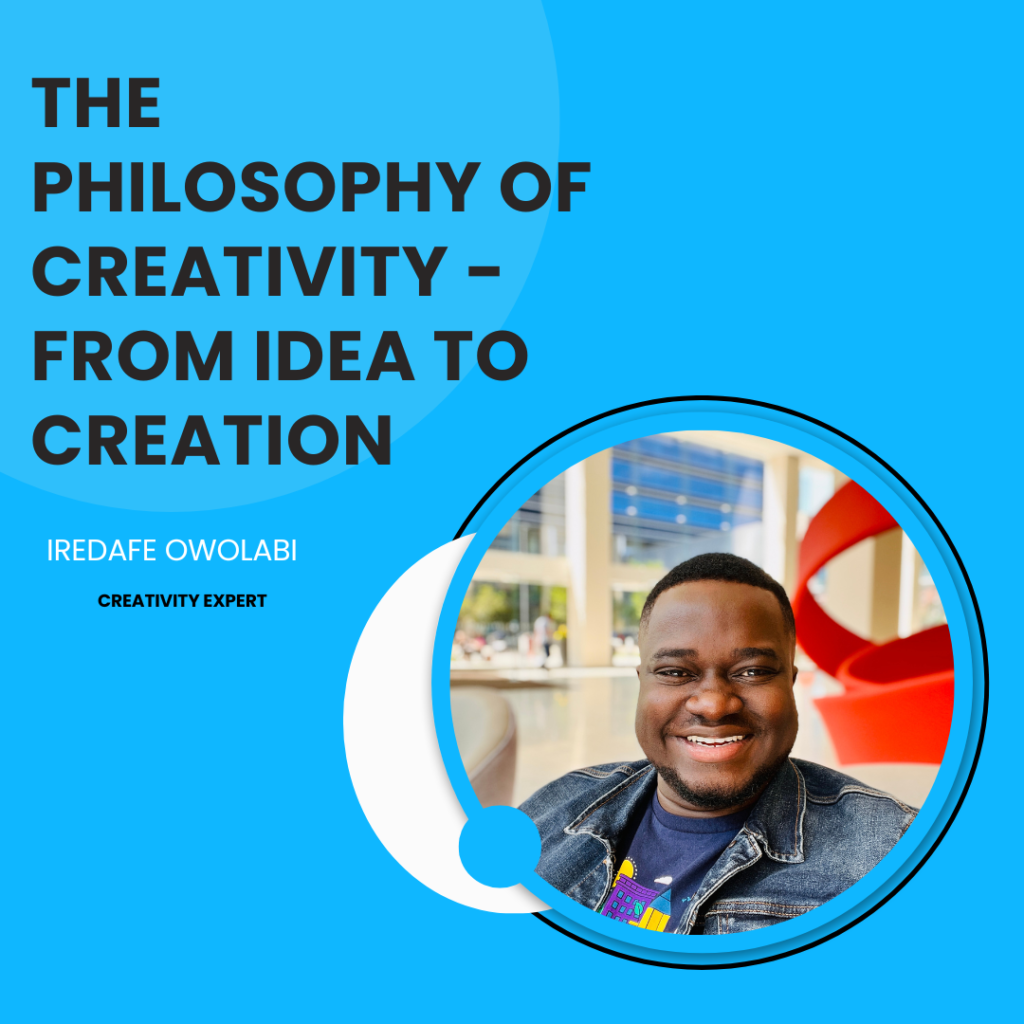
![How To Be A More Creative Thinker [4 Moves] 4 How To Be A More Creative Thinker](https://iredafeowolabi.net/wp-content/uploads/2024/05/Green-Simple-Modern-Yoga-Benefits-Blog-Post-Instagram-Post-9-1024x1024.png)
![How To Feel More Creative [2 Tips] 7 how to feel more creative](https://iredafeowolabi.net/wp-content/uploads/2024/05/Elegant-New-Blog-Post-Instagram-Post-3-1024x1024.png)
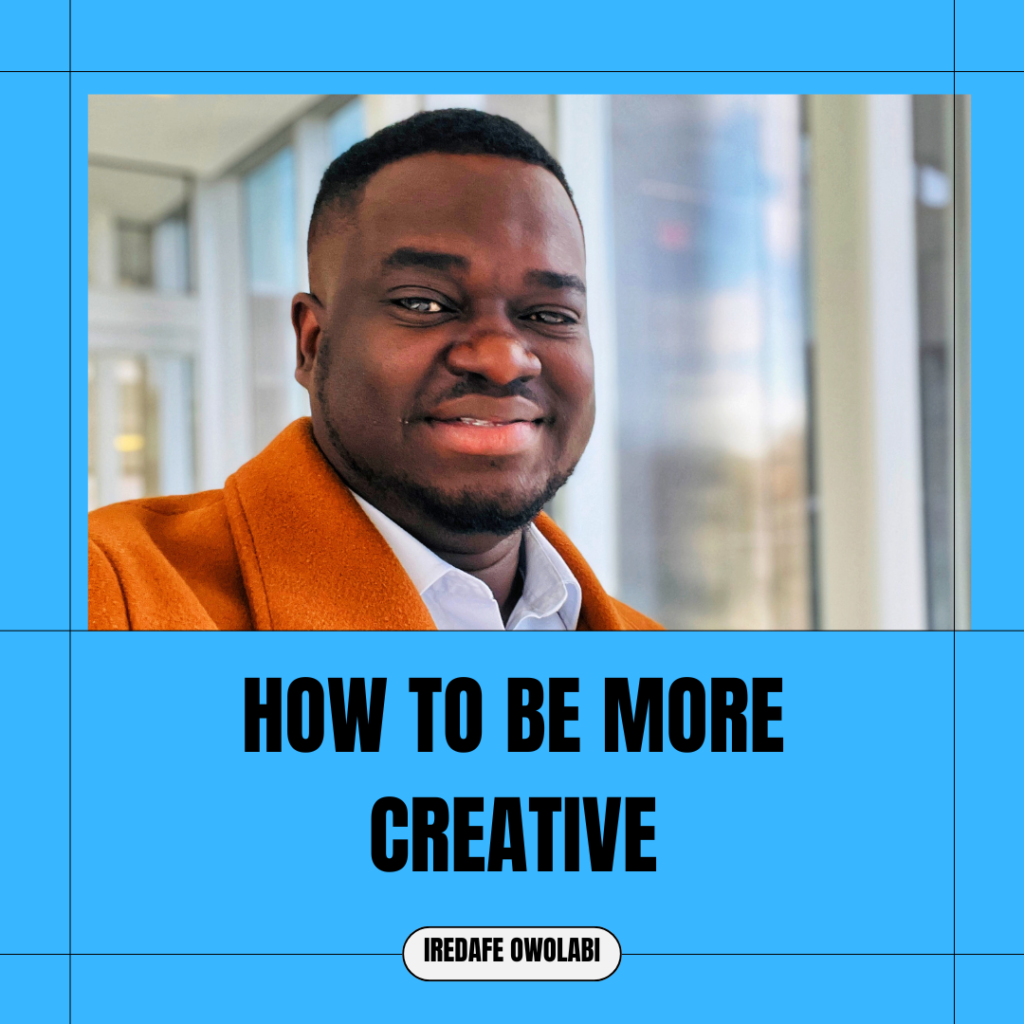
![The Simple Reasons Why People Are Not Creative [Yet] 12 Why People Are Not Creative](https://iredafeowolabi.net/wp-content/uploads/2024/05/Blue-Gradient-Modern-Freelancer-YouTube-Thumbnail-3-1024x576.png)

